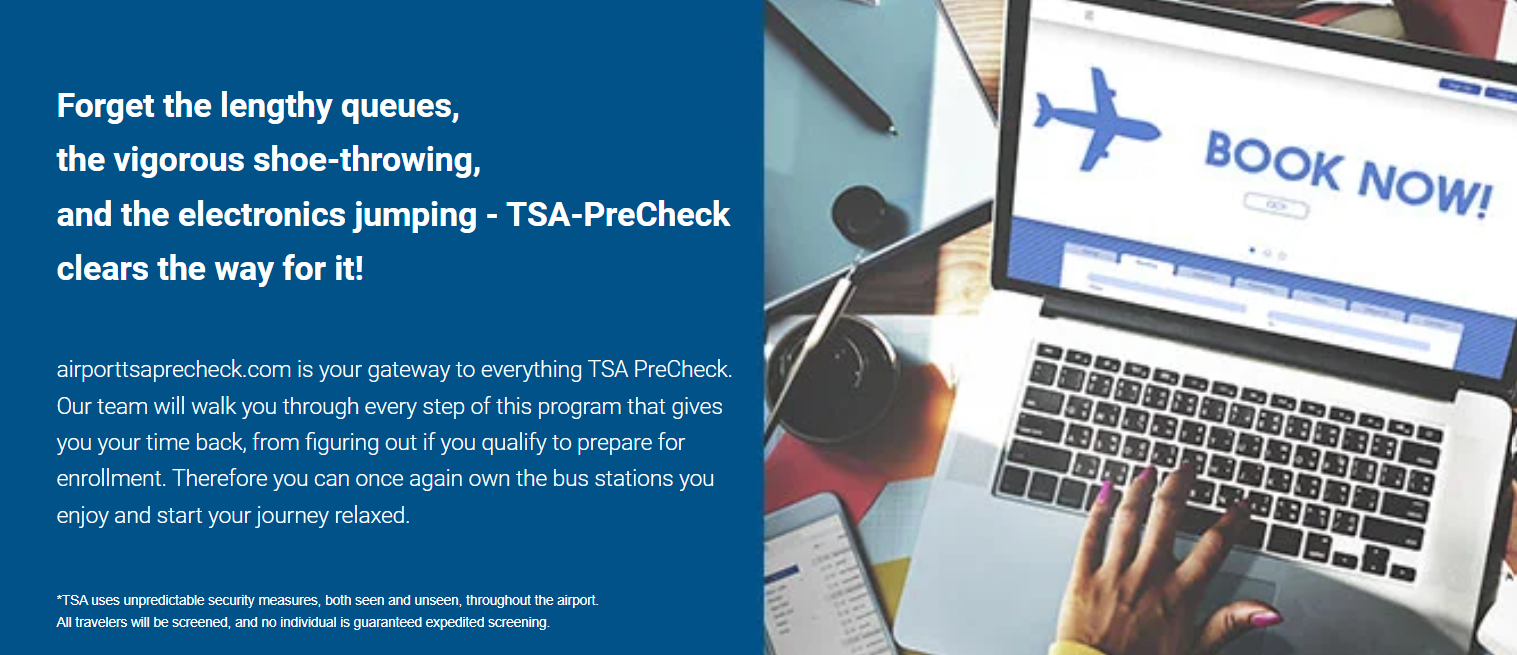
Traveling by air often involves navigating a series of rules and regulations, especially when it comes to what you can bring in your carry-on luggage. The Transportation Security Administration TSA Baggage Rules for Liquids gels, and aerosols, commonly known as the "3-1-1 rule." Understanding these regulations is essential for ensuring a smooth journey through airport security. In this article, we’ll delve into the details of the TSA’s baggage rules for liquids, providing you with everything you need to know to travel confidently and without unnecessary delays.
What is the TSA 3-1-1 Rule?
The 3-1-1 rule is a guideline established by the TSA to regulate the amount of liquids, gels, and aerosols that passengers can carry in their hand luggage. The rule is designed to enhance security by limiting the quantity of potentially hazardous substances that can be brought on board.
Here’s a breakdown of the 3-1-1 rule:
3: Each passenger is allowed to carry liquids in containers of up to 3.4 ounces (100 milliliters) each.
1: All containers must fit into a single, clear, quart-sized plastic bag.
1: Each passenger is limited to one quart-sized bag of liquids.
Why Does the 3-1-1 Rule Exist?
The 3-1-1 rule was implemented in response to a foiled terrorist plot in 2006, where liquid explosives were planned to be used on flights. Since then, the TSA has enforced strict regulations on liquids to minimize the risk of similar incidents. By limiting the amount and packaging of liquids, the TSA aims to ensure that any potentially dangerous substances can be quickly identified and contained.
What Counts as a Liquid?
Understanding what the TSA classifies as a liquid is crucial for adhering to the 3-1-1 rule. The TSA considers the following items as liquids, gels, or aerosols:
Liquids: Water, drinks, soups, sauces, syrups, and lotions.
Gels: Toothpaste, hair gel, and other gel-like substances.
Aerosols: Hairspray, deodorant, and shaving cream.
Creams and Pastes: Peanut butter, jam, and creamy dips.
Sprays: Perfumes, body sprays, and disinfectant sprays.
Other: Lip gloss, mascara, and certain types of makeup.
These items must adhere to the 3-1-1 rule if they are being packed in your carry-on luggage.
Exceptions to the 3-1-1 Rule
While the 3-1-1 rule applies to most liquids, there are some exceptions for essential items:
Medications: Passengers can carry liquid medications in quantities greater than 3.4 ounces. These items must be declared to security officers at the checkpoint, and they may be subject to additional screening.
Baby Formula and Breast Milk: Parents traveling with infants are allowed to carry baby formula, breast milk, and juice in quantities exceeding 3.4 ounces. These items do not need to fit in the quart-sized bag but should be declared at the checkpoint for inspection.
Food for Special Dietary Needs: Liquids needed for special dietary requirements, such as liquid nutrition or life-supporting liquids, are also exempt from the 3-1-1 rule. These items should be declared and may require additional screening.
Tips for Packing Liquids in Your Carry-On
Adhering to the TSA’s liquid rules can make your travel experience smoother. Here are some tips to help you pack your liquids effectively:
Use Travel-Sized Containers: Invest in travel-sized bottles that adhere to the 3.4-ounce limit. These containers are widely available and are a convenient way to bring your favorite products without violating TSA rules.
Pack Strategically: Place all your liquid items in a clear, quart-sized plastic bag before you arrive at the airport. This bag should be easily accessible in your carry-on, as you’ll need to remove it during the security screening process.
Consider Solid Alternatives: Where possible, opt for solid versions of your favorite products. For example, solid shampoo bars, toothpaste tablets, and stick deodorants do not count as liquids and can free up space in your quart-sized bag.
Label Your Medications: If you’re carrying liquid medications that exceed the 3.4-ounce limit, ensure they are clearly labeled and easily accessible for inspection. Consider bringing a doctor’s note or prescription to avoid any confusion during screening.
Know the Rules for Duty-Free Liquids: If you purchase liquids at a duty-free shop, they must be in a secure, tamper-evident bag with the receipt clearly visible. This bag should remain sealed until you reach your final destination.
How to Navigate TSA Checkpoints with Liquids
When you arrive at the TSA checkpoint, there are a few steps you can take to ensure a smooth screening process:
Prepare Your Quart-Sized Bag: Before reaching the checkpoint, remove your quart-sized bag of liquids from your carry-on. Place it in a bin for separate screening.
Declare Exemptions: If you have liquid medications, baby formula, or other exempt items, inform the TSA officer before your screening begins. These items will be inspected separately.
Follow TSA Instructions: Pay attention to the instructions given by TSA officers. If your liquids need additional screening, remain calm and cooperative. This process is routine and helps ensure everyone’s safety.
What Happens if You Don’t Follow the 3-1-1 Rule?
If you accidentally pack liquids that exceed the 3-1-1 rule in your carry-on, they may be confiscated at the checkpoint. To avoid losing valuable items, double-check your bag before heading to the airport. If you need to bring larger quantities of liquids, consider packing them in your checked luggage, where the 3-1-1 rule does not apply.
TSA’s Role in Global Travel
It’s important to note that TSA regulations primarily apply to flights departing from or within the United States. However, many other countries have similar rules for carrying liquids on planes. Before traveling internationally, research the liquid regulations for your destination country to ensure compliance and avoid any surprises at foreign security checkpoints.
Conclusion
Navigating the TSA’s rules for liquids doesn’t have to be stressful. By understanding and following the 3-1-1 rule, you can ensure a smoother experience at the airport and minimize the risk of having your items confiscated. Remember to pack smart, declare any exemptions, and stay informed about the latest TSA regulations. With these tips in mind, you’ll be well-prepared for your next flight, whether it’s a quick domestic trip or an international adventure. Safe travels!



















Write a comment ...